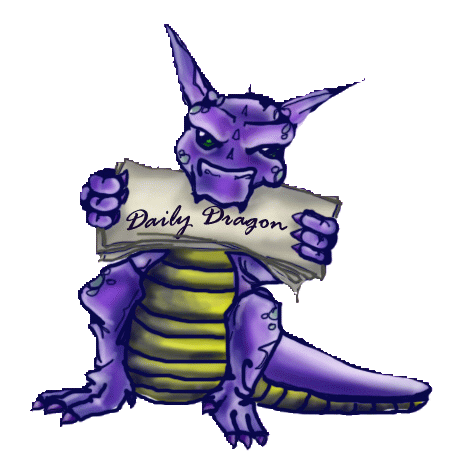Content creators might think about YouTube as a one-way broadcast of their message to the world, but to build your audience, you have to communicate with them and be your authentic self. On Friday at 7PM, the Digital Media Track hosted a lively and insightful discussion in the Hilton Galleria titled “Put the You Back in YouTube: Using Social Media to Gain REAL Followers.” The panel brought together a diverse group of creators: Sewing YouTuber Joe Compton, biologist and science communicator DN Lee, science journalist Bethany Brookshire, graphic designer and webseries social media manager Kristin Jackson, and YouTuber/Educator Catieosaurus. Together, they examined how creators can build authentic communities online, while protecting their mental health and personal boundaries.
Social media is more than broadcasting—it’s conversation. YouTube is not an exception. Responding to comments helps foster trust, though Compton cautioned creators not to feel pressured to answer everything. You cannot. As you create, share content, and respond to commenters, you will find your audience and grow your community. Over time as your community grows, they will begin to respond to each other as well. Jackson emphasized that even small acknowledgments make a difference; one fan of her webseries once wrote to say that her witty responses gave them something to look forward to during a difficult time.
As a part of growing your community, Brookshire noted you are responsible for your mental health, and that of your community. She chose to disable YouTube comments to protect herself and followers from toxic negativity she was experiencing. However, she did not experience those same issues on TikTok or Instagram, so she has comments enabled there. Compton referenced the “Hide User From Channel” button that allows toxic users to keep talking, but no one else will see what they say.
The panelists stressed the importance of authenticity as you grow your audience. Learn to be friendly. At the same time, do not assume other people are friendly. Do not share personal details. Lee likened it to the difference between your work self. and your home self. Both are versions of yourself. They are authentically you. But the work self is professional; you do not share everything about yourself. Catieosaurus echoed the need to separate your online self from private life: “When I first started, I gave everything. I regret that now.” She lamented that in all the training to become an actor, there are no classes on how to deal with fans, particularly when you meet them in public. For them, it may be a once in a lifetime experience, so try to treat them with kindness and empathy, even when it’s not convenient. Ask them their name. Give them their moment. Be authentic. At the same time always have an out, just in case.
The panel also addressed how to keep audiences engaged. Consistency was a common theme. Lee uses an editorial calendar to plan out her content and realistic posting schedules. The more content the better, but if you cannot keep up, users do not know what to expect. Compton likened it to TV programming. Viewers knew when their favorite shows aired and they were always there. When building your community, be up front with them on what to expect. As you keep creating content, you get better at it. You’ll do it faster, create cooler content.
Jackson added that content should carry a personal point of view, whether that’s behind-the-scenes peeks or teasers. However, Brookshire also noted that sometimes content ideas come in spurts instead of steadily. Communicate that with your audience so they understand why there may be gaps in information.
Despite challenges, the panelists spoke passionately about why they keep creating. Compton enjoys making people laugh and empowering them to sew. Brookshire admitted she loves “nerding out” about anatomy, and teaching people. She talked about her difficulties with insomnia, how she studies anatomy when dealing with it, and she creates content to educate people.
For those wondering how to support their favorite creators, the advice was simple: Spread the word. “Talk to your friends about the creators you love,” Compton said. Real person-to-person sharing matters.
